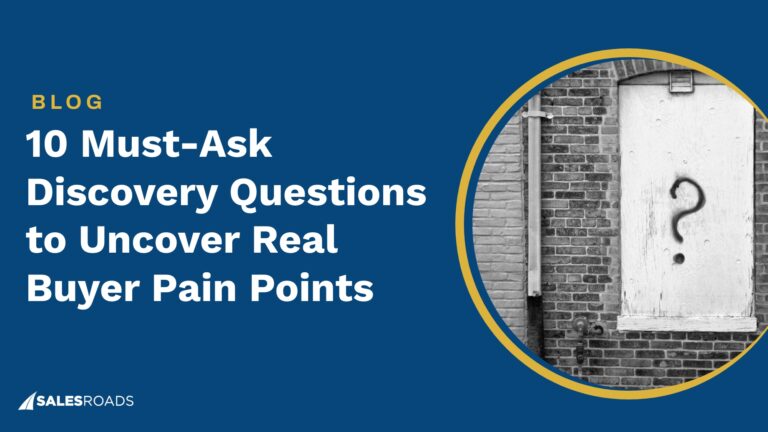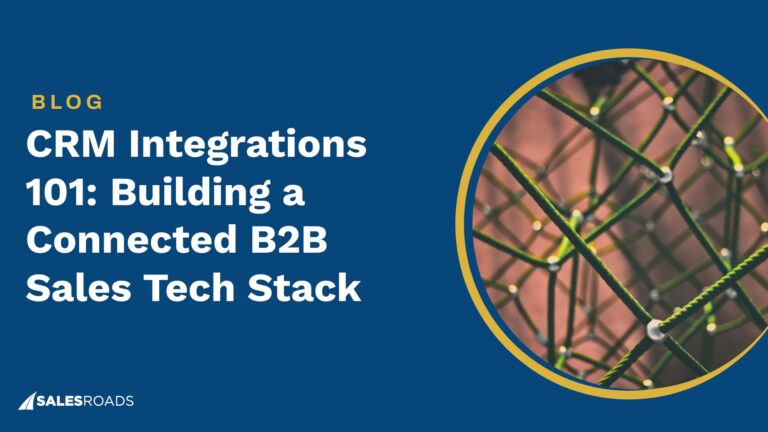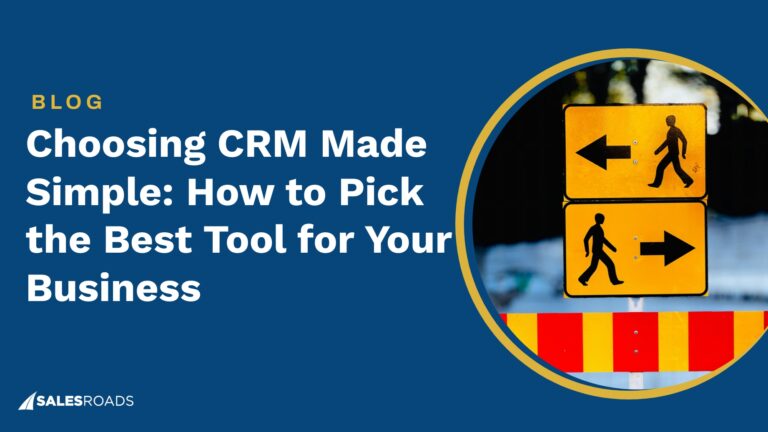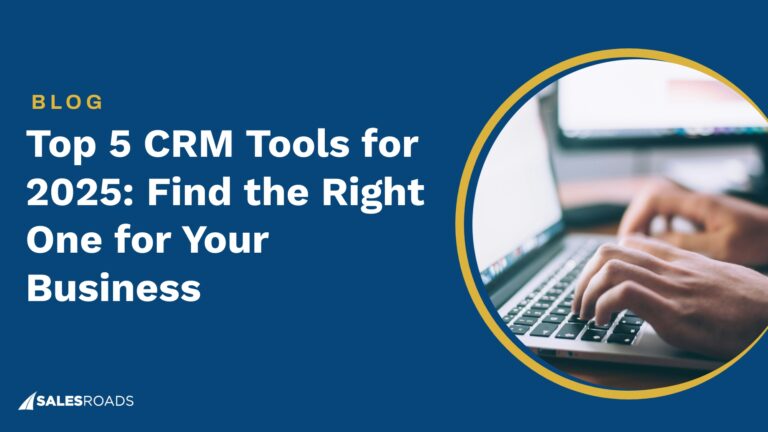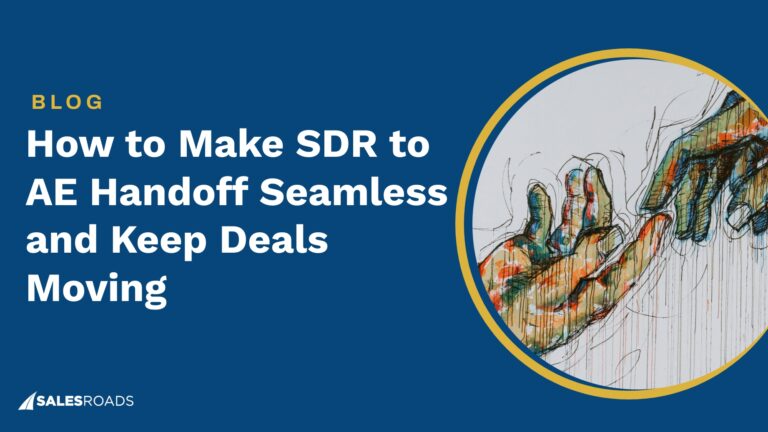Sales forecasting is crucial for making informed business decisions. It allows stakeholders to anticipate failures and implement corrective measures in real time.
What is Sales Forecasting?
Sales forecasting is the process of analyzing recent data to make estimates of future sales. It helps businesses to:
- Allocate budgets: Over or under-supplying products can be detrimental to any business. With sales forecasting, stakeholders can anticipate supply requirements and allocate the proper funding to keep up with the market demand.
- Plan activities: Decision-makers can use sales forecasts to determine which sales tasks should take priority. For example, stakeholders might want to focus on lead generation activities if the prediction reveals a dip in sales.
- Set goals: Accurate sales forecasts allow businesses to set challenging yet achievable goals.
Steps on How to Develop a Sales Forecast
Developing sales forecasts can be challenging in the early stages, but as you collect data and establish a consistent process, it becomes manageable.
Here are the steps on how to develop an accurate sales forecast:
Step #1: Build a Clear Sales Funnel and Pipeline
It’s difficult to get an accurate sales forecast when your sales funnel and pipeline are a mess. Not only will you get inaccurate and inconsistent data, but it will also decrease your team’s productivity. This is why the first step to developing a sales forecast is creating a well-functioning sales process.
Sales pipeline and funnel are two different concepts that work hand in hand. A sales funnel is a representation of the buyer’s journey, while a sales pipeline reflects the corresponding action for each stage of the funnel from the sales team’s perspective.
To create an efficient sales funnel, you’ll need to understand its different stages. A B2B sales funnel is typically composed of the following:
| Sales Funnel | Actions |
| Awareness | Content marketing Social media marketing Search engine optimization Affiliate marketing |
| Interest | Gated content Email campaigns |
| Decisions | Leverage testimonials Offer freemiums, free training, or samples Provide how-to manuals or workbooks |
| Actions | Implement a follow-up plan Offer discounts or promos Perform live demonstrations Launch retargeting campaigns |
Awareness
A sales funnel is an inverted pyramid, and the awareness stage is where most prospects begin their journey. This stage’s main goal is to generate interest in your brand and offerings.
Salespeople commonly use the following tactics to attract the interest of prospects:
- Content marketing
- Social media marketing
- Search engine optimization
- Affiliate marketing
- Lead generation
Interest
Prospects in this stage are not yet ready to buy but are interested in knowing more about your brand and products. Here are some ways to inform potential customers without coming off as pushy:
- Gated content (blogs, eBooks, how-to, guides)
- Email campaigns
Decision
At this stage, prospects have sufficient information in their hands. They are aware of their problem and are now considering multiple products and services as a solution, including your offerings.
A sales team can stand out from competitors by using the following tactics:
- Leverage testimonials
- Offer freemiums, free training, or samples
- Provide how-to manuals or workbooks
Action
Prospects are ready to make a purchase. The sales team must now focus on filling their needs and pain points. This phase of the buyer’s journey typically involves the following actions:
- Implement a follow-up plan
- Offer discounts or promos
- Perform live demonstrations
- Launch retargeting campaigns
Since every business is unique, the sales pipeline and funnel can vary significantly. Carefully curating strategies for each stage makes it possible to resonate effectively with your target audience.
Step #2: Choose a Sales Forecasting Method
There are many sales forecasting techniques. Common ones are historical, opportunity stage, length-of-cycle, and AI-enabled.
- Historical forecasting: This method allows you to map out the trajectory of your sales based on recent or seasonal data. It inherently assumes that future sales will be greater than the previous numbers.
- Opportunity stage forecasting: This approach relies on information from various stages of the sales funnel to make an estimate. It’s one of the easiest methods to implement, but inaccurate data can severely affect its precision.
- Length-of-cycle forecasting: This forecasting technique is useful for making objective predictions. It analyzes the sales cycle and calculates how many opportunities are more likely to convert within a given period.
- AI-enabled forecasting: A study from Xant reveals that only 28.1% of sales forecasts are accurate, mainly because of human error1. Managers and salespeople fail to generate and calculate the right data. AI-enable forecasting minimizes errors using the latest software to generate data and make predictions.
Step #3: Track Sales Metrics
Regardless of your sales forecasting method, consistently collecting metrics is crucial. If you want an accurate sales prediction, focus on these indicators:
- Average contract value (ACV): Describes the typical amount of money made with a single consumer over a specified time frame.
- Average deal cycle: Reflects the average amount of time it takes to close a transaction.
- Average sales price: Reveals how much revenue is generated from each sale.
- Conversion rates: Measures the percentage of leads moving to the next stage. A high conversion rate means your funnel and pipeline are working well, while a lower score indicates that your leads are leaking at some stages.
- Closing rate: One of the most important pipeline metrics, this reveals the total closed deals within a timeframe.
- Churn rate: Usually applies to companies that have a subscription pricing model. It indicates the number of customers that have stopped doing business with you over a specific period.
- Number of leads in the pipeline: Tell you how many conversion opportunities you have in your pipeline.
Aside from these sales development metrics, it’s also necessary to look at the historical performance of every team member. This will provide valuable insight into who should be emulated and who requires coaching to improve performance.
Metrics should be tracked periodically to ensure that your sales forecast reflects the latest data. Companies with shorter sales cycles often collect data monthly, while those with complex processes can update their forecast every quarter.
Must Avoid Sales Forecasting Mistakes
Here are the top mistakes to avoid when developing sales forecasts:
- Data Inaccuracy
The accuracy of sales forecasts heavily depends on the quality of the data used for calculation. If the data is incorrect, the prediction will also be off the mark. This can have a serious impact on stakeholder decision quality and slow down the company’s progress toward its goals.
Common reasons for lack of data accuracy are:
- Human error: Salespeople input a lot of data daily, and mistakes are bound to happen.
- Incorrect data gathering: The accuracy of the data gathering can vary depending on which professional is doing it.
Startups often have insufficient data to make accurate predictions, as they are new in their markets. As companies mature, more data can be collected, allowing higher forecast precision.
Solution: Take advantage of tools such as CRM to minimize the risk of error. If your workforce lacks experts to generate accurate sales data, consider outsourcing as a solution.
- Inconsistency
Sales forecasts can mean different things to different professionals. This increases the chance of misalignment and miscommunication, resulting in inaccurate forecasts.
Solution: Have clear definitions of the sales funnel and pipeline across all departments within your organization. It’s also recommended to provide training on how to keep records and calculate metrics.
- Neglecting Changes
Another common mistake when making a sales forecast is not accounting changes, such as:
- Policy changes
- Economic conditions
- Market changes
- Legislative changes
Solution: Stay updated with the latest news about your industry, competition, and economy.
Bottom Line
Developing sales forecasts involves an in-depth understanding of how the sales funnel and pipeline work. When done right, forecasting allows businesses to anticipate potential problems and make necessary changes to mitigate damages.




